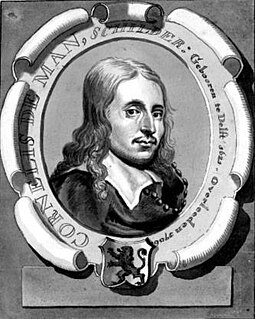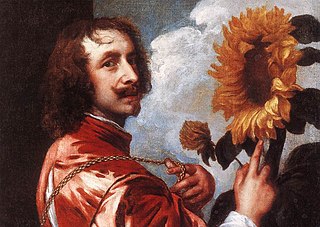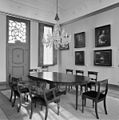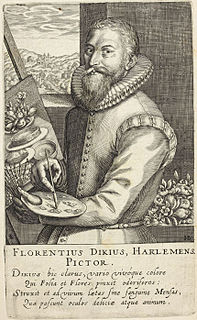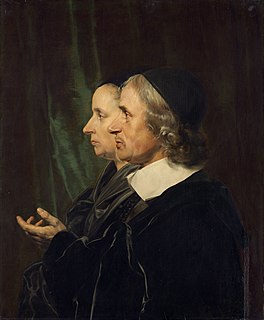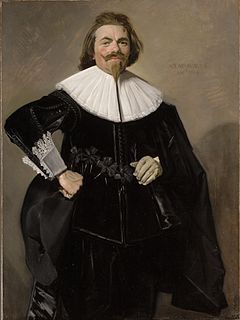

The Hofje van Mevrouw van Aerden is a museum and former hofje in Leerdam, Netherlands, on the Kerkstraat (numbers 57 and 89).

A hofje is a Dutch word for a courtyard with almshouses around it. They have existed since the Middle Ages.

Leerdam (Dutch: [leːrˈdɑm]; is a city and former municipality in the western Netherlands, in the province of Utrecht. The municipality was merged with the municipalities of Vianen and Zederik on January 1, 2019. The name of the new municipality is Vijfheerenlanden which is a part of the province Utrecht. The former municipality Leerdam was a part of the province South Holland.

The Netherlands is a country located mainly in Northwestern Europe. The European portion of the Netherlands consists of twelve separate provinces that border Germany to the east, Belgium to the south, and the North Sea to the northwest, with maritime borders in the North Sea with Belgium, Germany and the United Kingdom. Together with three island territories in the Caribbean Sea—Bonaire, Sint Eustatius and Saba— it forms a constituent country of the Kingdom of the Netherlands. The official language is Dutch, but a secondary official language in the province of Friesland is West Frisian.
It was built during the years 1770-1772 on the former location of the "Kasteel van Leerdam", a castle that was destroyed by the Spanish in 1574. [1] The hofje was founded by Maria Ponderus, the daughter of a surgeon who at 20 married the 50-year-old widower Pieter van Aerden, notary in The Hague. She lived to 92, surviving her husband and three children, who also had no issue. She decided to leave her fortune to a hofje for women of the Protestant faith. Though she had intended her hofje for the poor of The Hague, by the time she died the most of her poor relations were living in Leerdam. Through connections with the House of Orange, the site of the old castle of Leerdam was chosen to build the hofje. [2]

Mevrouw van Aerden, née Maria Ponderus, was an 18th-century art collector and hofje founder from the Northern Netherlands.

The Hague is a city on the western coast of the Netherlands and the capital of the province of South Holland. It is also the seat of government of the Netherlands.
- Hofje seen from the southwest; on the right is the Linge river and the remains of a castle wall and tower can be seen.
- The heraldic shields above the doorway are "Dr. C. van Dam van Aerden", "Dr. M. de Villaneuve", "Mevr. M. van Aerden", "Paulus Drooglever", and "Huibert de Bie".

The Linge is a river in the Betuwe that is 99.8 km long, which makes it one of the longest rivers that flow entirely within the Netherlands.



